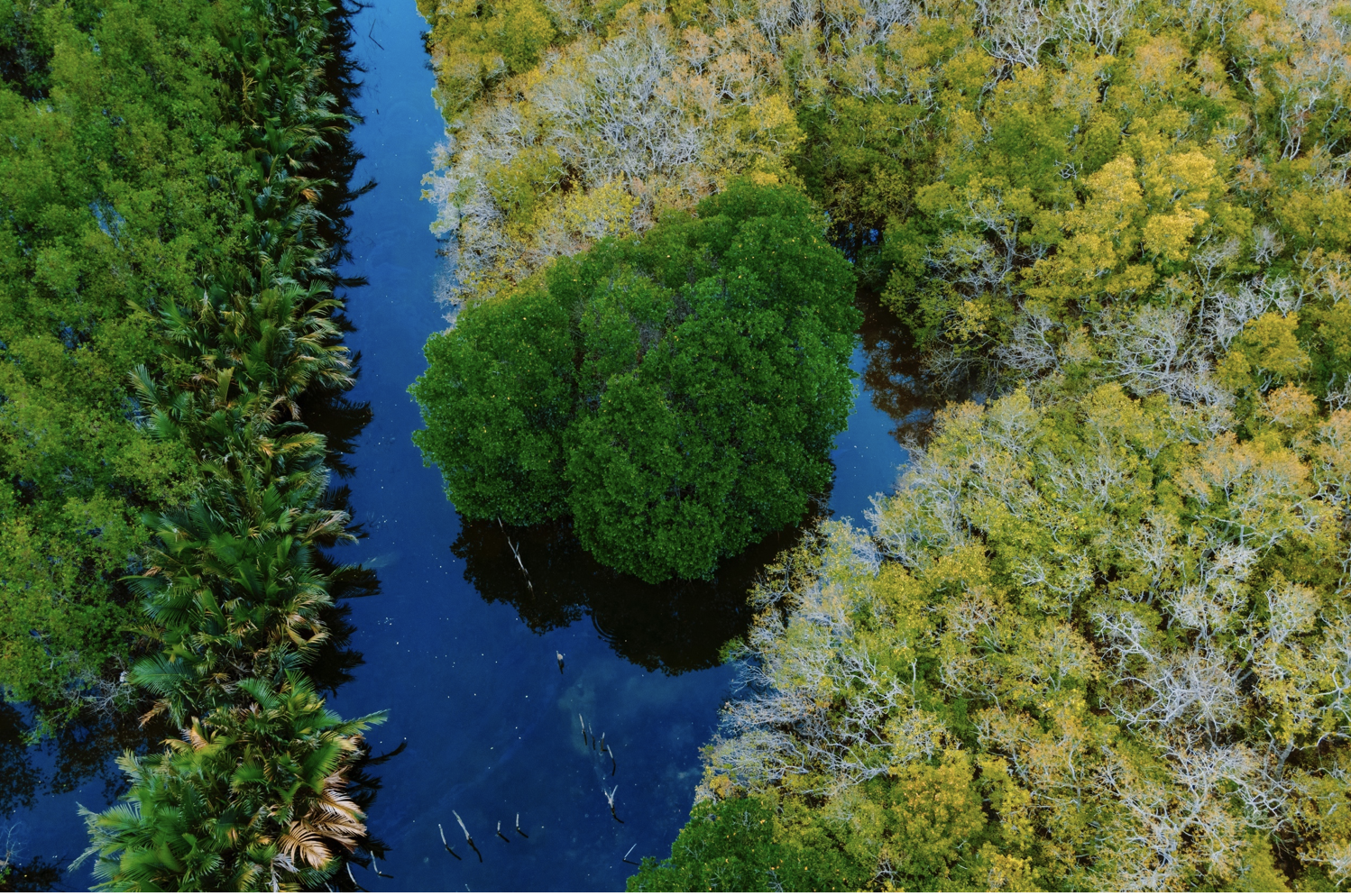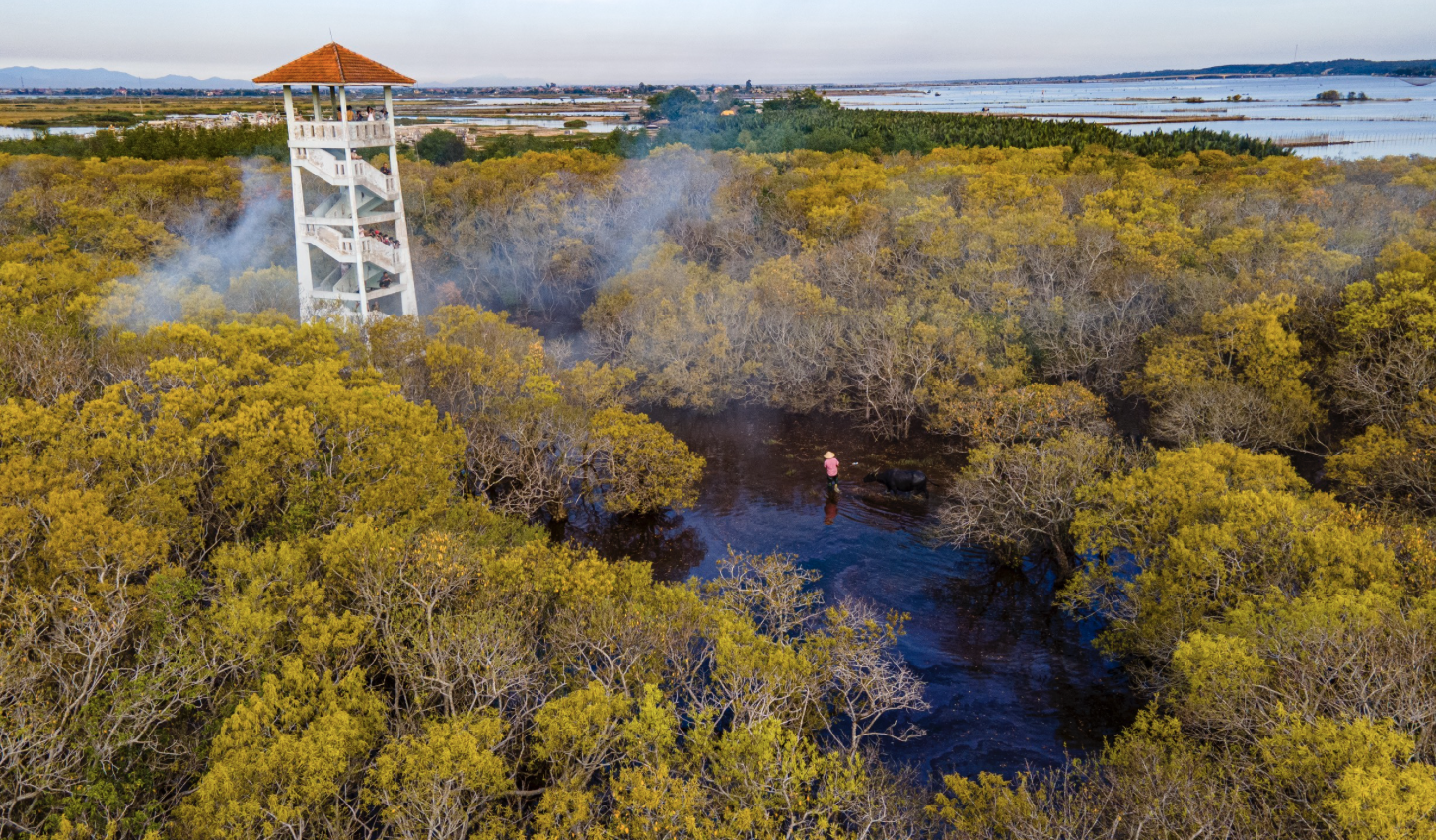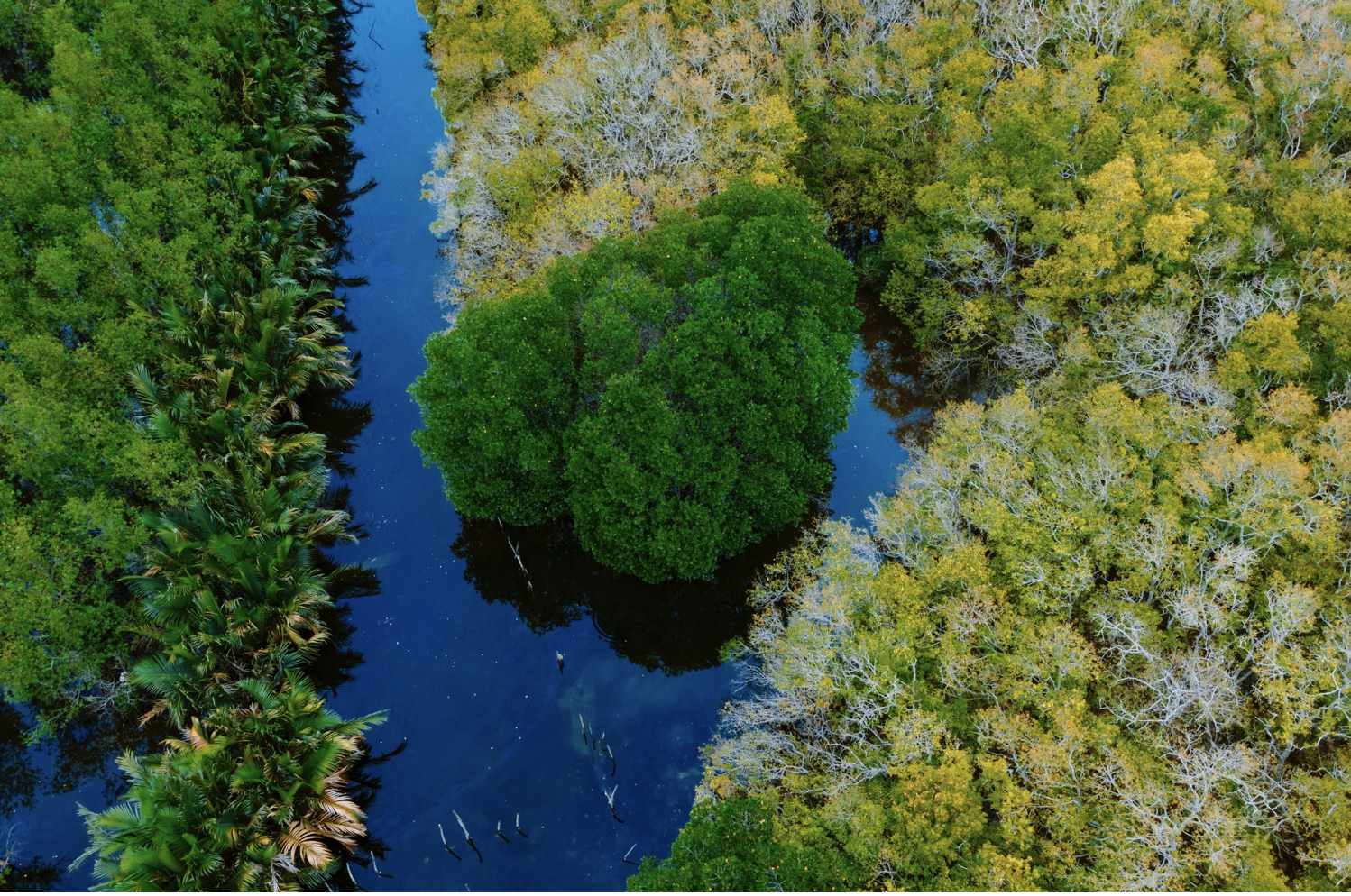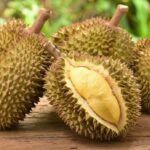Blue Carbon: A Premium Nature-based Product
In a recent seminar on sharing experiences on carbon credit trading, a representative from Restore Blue mentioned blue carbon, suggesting it is a high-value premium nature-based product.
In marine ecosystems, blue carbon is stored whenever mangrove forests, mudflats, seagrass meadows, and tidal wetlands are restored, the representative elaborated. Consequently, forest owners can earn additional revenue by restoring blue carbon. This is because blue carbon credits are a high-level credit for adapting to and mitigating climate change and restoring biodiversity.
Professor Sarah Wheeler from Make History highlighted the critical role of marine ecosystems in carbon storage. Despite covering only 2% of the world’s ocean, these ecosystems contribute up to 50% of the carbon absorbed by oceans.
According to the professor, one hectare of mangrove forest can absorb up to five times more carbon than one hectare of terrestrial forest. With the presence of seas, mudflats, and mangrove forests often grow rapidly, resulting in high efficiency in storing and absorbing carbon from the atmosphere.
 One hectare of mangrove forest can absorb up to five times more carbon than one hectare of terrestrial forest. Photo: Le Dinh Hoang |
“Moreover, marine ecosystems can reduce storms, floods, and erosion, defend coasts from waves, create jobs and food security, and protect over 6 million people from annual flooding, preventing US$24 billion in damage to productive assets,” said Professor Sarah Wheeler.
Many countries are now exploiting blue carbon credits for trading on voluntary and mandatory carbon credit markets.
Late in 2023, Vietnam earned thousands of billions of Vietnam dong from selling forest carbon credits (terrestrial forests). However, the potential market for forest ecosystem blue carbon credits in Vietnam has yet to be exploited.
It is worth noting that Vietnam has a coastline of over 3,260 kilometers. Mangroves play a vital role in tackling climate change, biodiversity loss, and sustainable development, as well as in promoting climate resilience and green growth. The country can generate a massive amount of blue carbon credits annually from this forest area.
Regarding the carbon potential from forests, a representative from NatureCo, a global project development program, assessed that Vietnam could generate nearly 400 million carbon credits over the next 30 years across various landscapes and project types.
Specifically, afforestation and reforestation would earn nearly 31.2 million carbon credits; agroforestry would earn 124.2 million carbon credits; forest conservation would earn 99.1 million carbon credits; enhancing forest management effectiveness would contribute 164.5 million carbon credits; mangrove protection would earn 4.7 million carbon credits, and mangrove restoration would earn 2.8 million carbon credits.
Activities to improve forest management quality include the impact of timber exploitation, timber exploitation in protective forests, forest enrichment, extending harvest cycles, and converting poor production forests into rich forests.
Similarly, forest protection includes activities that reduce net greenhouse gas emissions through reducing deforestation and degradation from existing forest areas. Agroforestry includes activities like tree planting, woodlot regeneration, and human-assisted natural vegetation.
Additionally, conservation and management activities aimed at protecting, preserving, and preventing mangrove ecosystems from degradation, destruction, or forest loss, or restoring degraded or destroyed mangrove ecosystems, also generate blue carbon credits.

Vietnam has great potential for blue carbon credits. Photo: Le Dinh Hoang |
High Demand, Emerging Market
Carbon credits represent an extremely promising market, growing by up to 164% globally in 2021 and are projected to reach between US$50-100 billion by 2030. According to the news agency PTI, the global demand for carbon credits is currently around 58 billion credits per year.
Experts believe that Vietnam has significant potential for carbon credits. However, it also faces challenges in trading carbon credits. The country needs a clearer roadmap to trade credits on the voluntary carbon market, including a project registration process and guidelines on benefit sharing to encourage investment.
Additionally, guidance is essential at the provincial level, as investors will come to the province to find partners when considering project development.
The NatureCo representative recommended conducting field surveys of potential project areas and working with local organizations; developing capacity for local organizations and provincial departments to create a legal framework to support the project program, etc.
As for the blue carbon market, a Restore Blue representative suggested that to succeed, research and local knowledge should be invested in, a legal framework must be established, accurate blue carbon calculation methods should be determined, financial sources should be diversified, and equitable benefit-sharing mechanisms should be developed that consider community rights and desires.
In addition to the above, blue carbon should be priced differently from regular carbon, according to Professor Sarah Wheeler.
Currently, the blue carbon market depends on site-specific and local issues, and different blue carbon types can further complicate pricing. Thus, it becomes challenging to design the market and price blue carbon, as the value can vary significantly, Professor Sarah Wheeler noted.
In the global market, intermediaries resell offset credits such as COTAP, Planet Moja, and Zero Mission with retail prices ranging from US$10-25 per MtCO2e (MtCo2e). Some buyers are willing to pay US$35 per MtCO2e.
|
Earlier, Deputy Minister of Agriculture and Rural Development Nguyen Quoc Tri emphasized the Vietnamese government’s efforts in strengthening forest management policies. He highlighted the importance of enhancing the efficiency and economic value of mangrove forests in coastal areas, urging coastal provinces to increase efforts to protect and plant mangrove forests. “The Ministry of Agriculture and Rural Development will continue to guide professional units to complete the forestry policy and submit it for the government’s approval and develop technical guidelines. I urge coastal provinces to increase efforts in forest protection and coastal forest planting to protect ecosystems and earn carbon credits,” said Mr. Quoc Tri. |
Tam An














